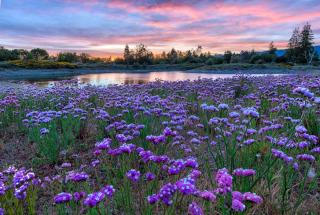

Impossible not to feel the charm of the statice, sea lavender!
Key Limonium facts
Botanical name – Limonium sp.
Common names – statice, sea lavender, caspia
Family – Plumbaginaceae (plumbago)
Types – annual, biennial, perennial depending on species
Height – 6 in to 3 feet (15 to 90 cm), depending on species
Exposure – full sun
Soil: light, well-drained, any pH
Flowering: summer – Foliage: some are deciduous, others evergreen
With its hundreds of tiny flowers forming cloud-like clusters of blue, yellow or soft pink, it’s hard to resist the enchantment!
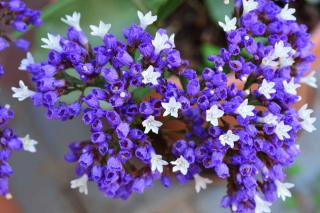
This particular statice, or sea lavender, forms rosettes with long, lance-like leathery leaves. They turn red as fall rolls in. The blooming is a like a fairy’s dream come true, small purple blue flowers seeming to float in the air.
This species has evergreen leaves, again rosettes that form a clump with a woody stump. The small trumpet-like flowers are tinged with blue.
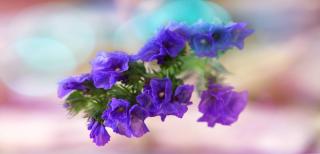
Unlike the other species, this statics has lanceolate and deeply marked leaves.
The blooming comes in a range of colors (pink, yellow or blue).
This species is very different from the previous ones: the blooming forms tall panicles of pink or purple tube-shaped flowers. The foliage, on the other hand, is similar to that of its relatives: lanceolate and forming rosettes.
Apart from Limonium suworowii, which prefers rich and moist soil, all other statice will favor sandy and well-drained soil. It also loves it when it’s growing in full sun. Planting is done from nursery pots either in spring or fall, but if you’re starting from seed you should really sow them in spring.
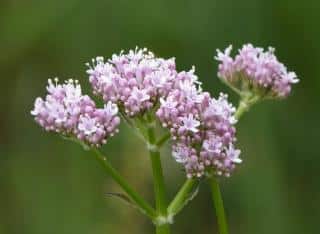
As for annuals, sow under cover at the very beginning of spring. Transplant to the ground or to the final pot when the sprouts are an inch or two tall (a few centimeters).
Space plants 20 to 24 inches (50 to 60 cm) apart, so that air may circulate among them well.
On top of being beautiful, statice will come along fine without any help from your part. Extremely drought-resistant, it’s virtually useless to water. As for pruning, it depends.
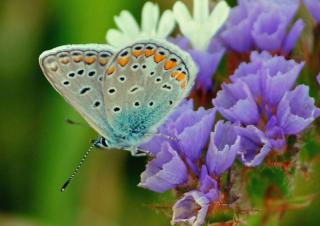
To grow new statice plants, simply divide the perennials in spring, or sow new seeds in fall or at the beginning of spring.
Statice is a plant with a high resistance. Insects and diseases seem to never get a hold of it! Perhaps only L. suworowii occasionally falls victim to Botrytis and to powdery mildew.
